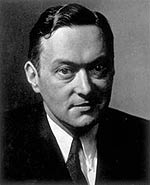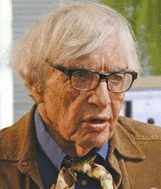|
|
|
|
Edward Louis Bernays
(1891-1995) American public relations pioneer |
|
|
Walter Lippmann
(1889 – 1974) Writer, reporter, and political commentator, twice awarded, in 1958 and 1962, a Pulitzer Prize for his syndicated newspaper column, “Today and Tomorrow”. |
|
|
James Vicary
1915 –1977 Market researcher Coined term “subliminal advertising” |
|
|
Wilson Bryan Key
|
|
Cults and Mind Control
|
Robert Lifton
1928 – Psychiatrist |
|
|
Edgar Schein
Coercive Persuasion |
|
|
Margaret Singer
Psychologist |
|
|
Steven Hassan
Psychologist and cult counselor BITE model Releasing the Bonds: the BITE (Behavior, Information, Thought, Emotion) model Discredited coercive “deprogramming” methods |
|
|
Robert Cialdini
Social psychology researcher |
|
|
Anthony Stahelski
Social psychological conditioning |
|
|
|









